Banza Just Launched a New Line of Brown Rice Pasta
The company claims that it's got the same texture as regular pasta, which is a huge win for the gluten-free swap.
I remember when Banza first launched its now-ubiquitous chickpea pasta a decade ago. I was working as a food editor, and frankly, was suspicious of gluten-free pasta and didn’t believe that it could actually be good. But when I gave the OG Banza pasta a try, I was surprised by how much I liked it — and still do — which is why I'm so excited to try their new line of gluten-free brown rice pasta that just dropped on July 29. Here’s what you need to know about the new offering.
What is the texture of Banza's brown rice pasta?
I’ve long been a fan of Banza’s original chickpea pasta, but there’s no denying that the texture is grittier and less chewy than regular pasta. With the addition of brown rice to the mix, Banza claims they were able to get a more pasta-like texture while keeping things gluten-free.
The brown rice pasta is cooked just like regular pasta: by bringing salted water to a boil, adding the pasta, reducing to a simmer and then cooking for 10-12 minutes with occasional stirring. (Their chickpea pasta, on the other hand, only needs to simmer for 6-8 minutes, and I know from experience that cooking it for too long leads to the pasta shapes breaking apart).
Banza also says that the brown rice pasta can be reheated in the microwave, which is a huge plus if you think you’ll have leftovers or if you’re meal prepping. Unfortunately, the chickpea pasta gets mushy in the microwave, so it’s best eaten immediately.
How does the protein count compare to classic chickpea and regular pasta?
One of the big selling points of Banza’s chickpea pasta is that it delivers 11 grams of protein per serving. The brown rice pasta, on the other hand, has 6 grams of protein per serving, and a serving of regular pasta (like Barilla) has about 7 grams. Here’s a side-by-side comparison of the basic nutrition information for all three types:
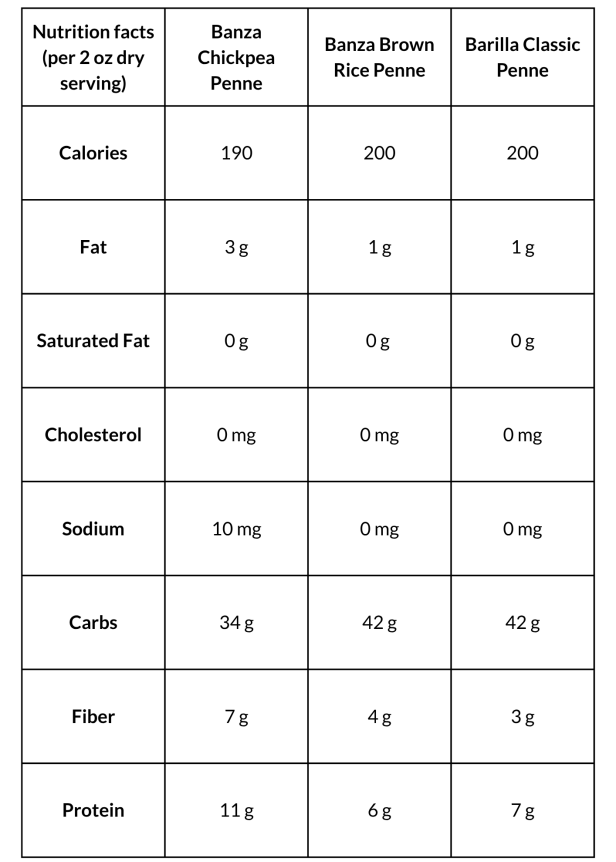
The chickpea penne has fewer carbs, more protein and more fiber, while the brown rice and regular wheat penne are pretty comparable on all fronts. (The brown rice penne has 1 gram more fiber and 1 gram less protein, but those are small differences).
Like Banza’s chickpea pasta, the brown rice pasta is gluten-free, vegan, kosher and free of the top nine allergens, which is good news for anyone with dietary needs, certain allergies or religious beliefs.
Banza also likes to highlight that all of its products are third-party tested for over 400 pesticides and confirmed to have no detectable amounts of any of these. As a dietitian, I think it’s great that the company holds itself to high standards and is transparent about things like this. But it’s also important to recognize that pesticide use is heavily regulated for all crops and kept below safe levels in food, so there’s no need to check pesticide levels in every food you eat.
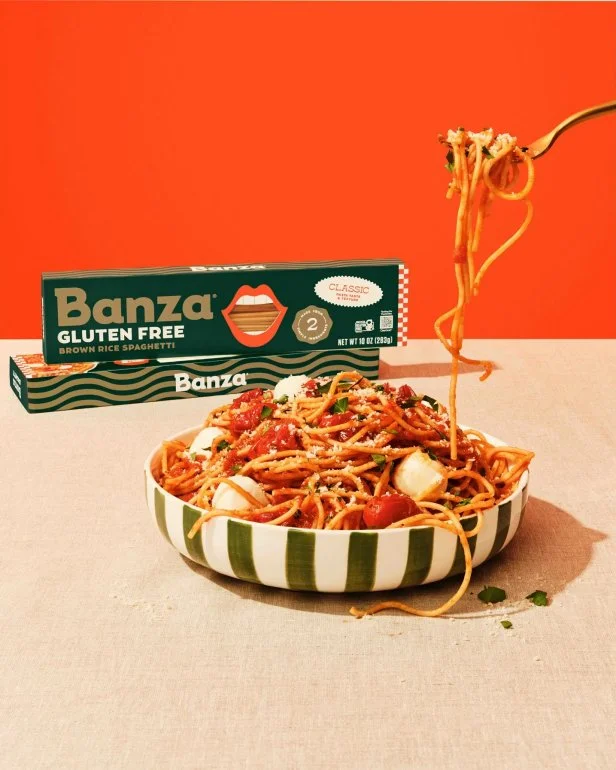
Is Banza’s brown rice pasta a good choice?
As a dietitian, I tell my clients all the time that any type of pasta can absolutely be part of a healthy overall diet. It’s so easy to pair with other foods, like protein (meat, beans or meat substitutes) and vegetables (leafy greens, broccoli or tomato sauce).
If you’re looking for a high-protein option, the Banza chickpea pasta remains your best choice. But remember that you could always increase the amount of protein in a pasta dish by adding meat, fish or another protein source.
If you’re looking for a gluten-free option that’s similar in texture to the regular stuff, the brown rice penne is probably your best bet. Nutritionally speaking, it’s virtually identical to regular pasta, and that’s fine.
When can I try Banza’s new brown rice pasta, and what shapes will it come in?
Starting July 29, Banza’s brown rice pasta will be available at all Whole Foods locations and for online order on Amazon at $3.99 per box. It’ll come in four shapes: penne, rotini, elbows and spaghetti.











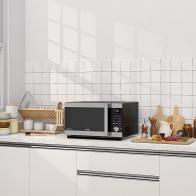

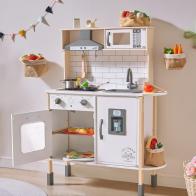









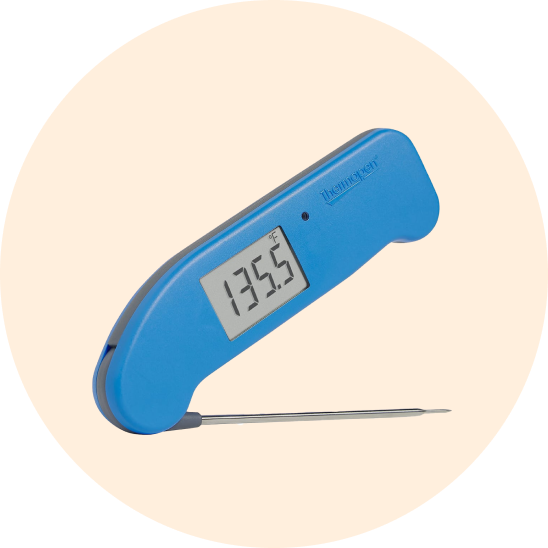








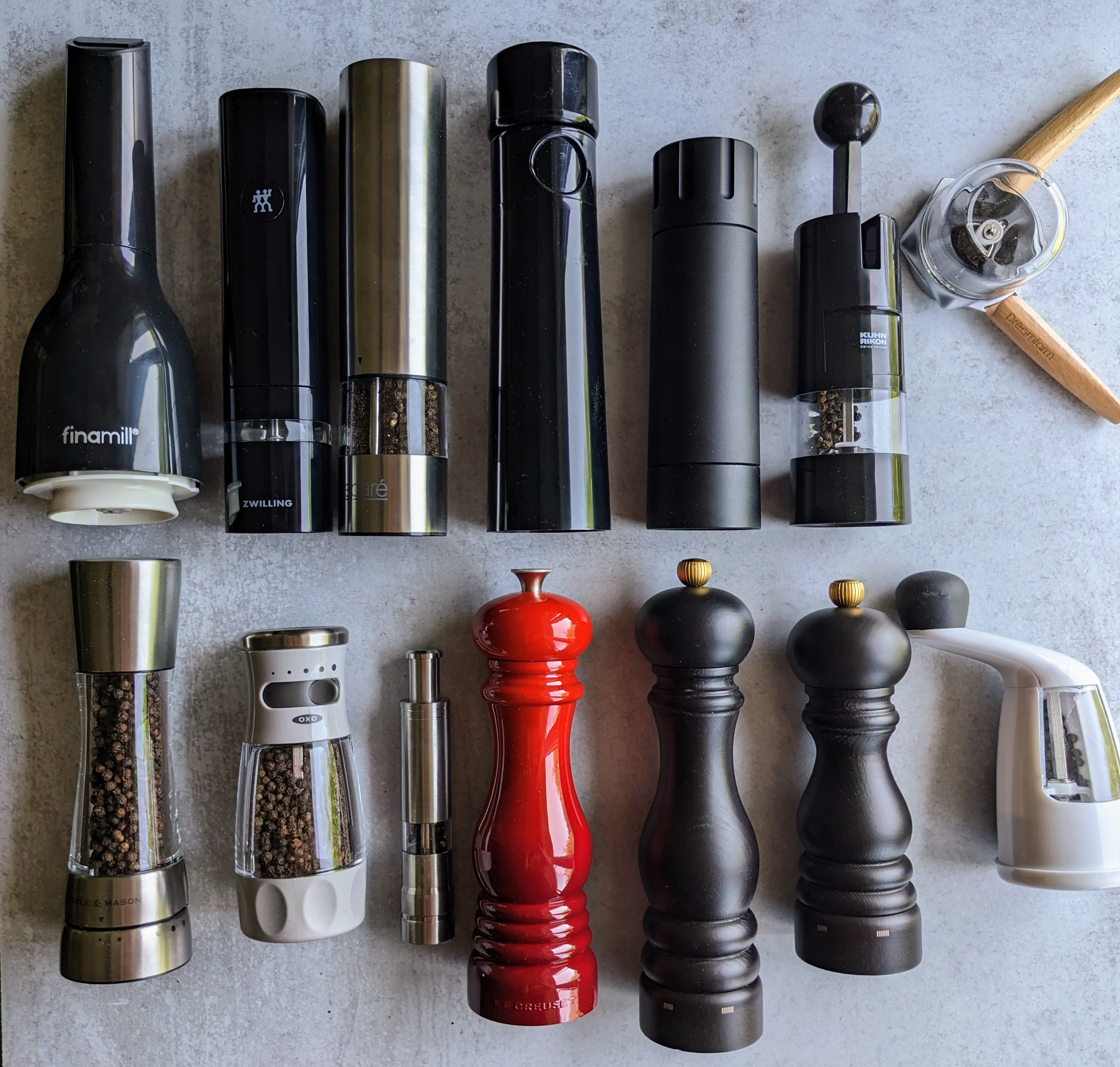





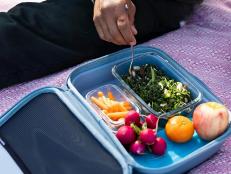


.jpg.rend.hgtvcom.231.174.suffix/1752698885876.jpeg)











